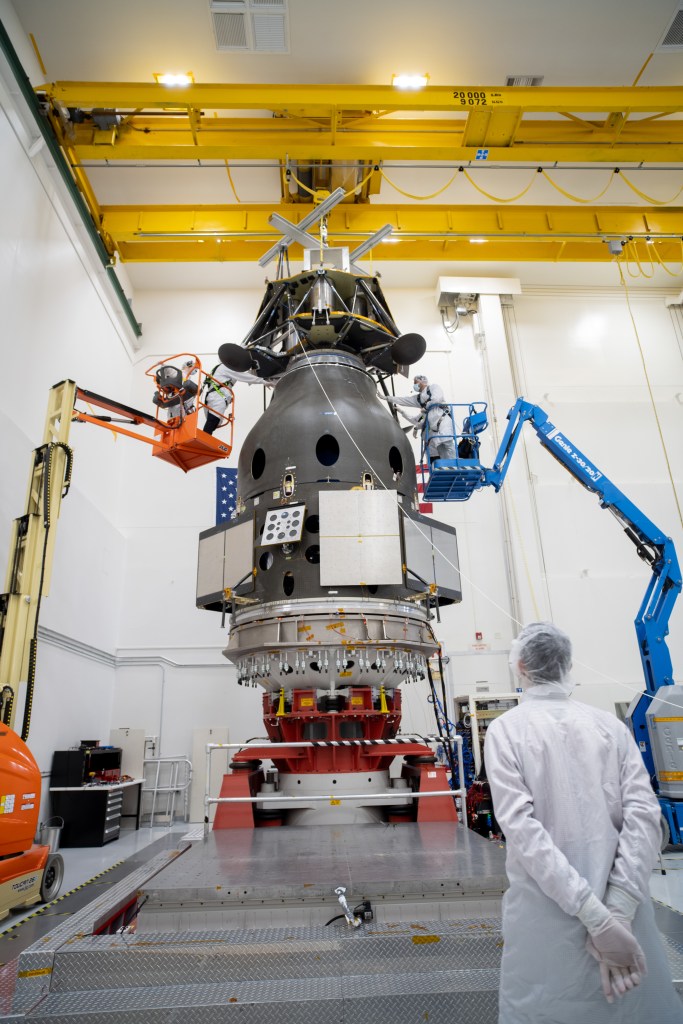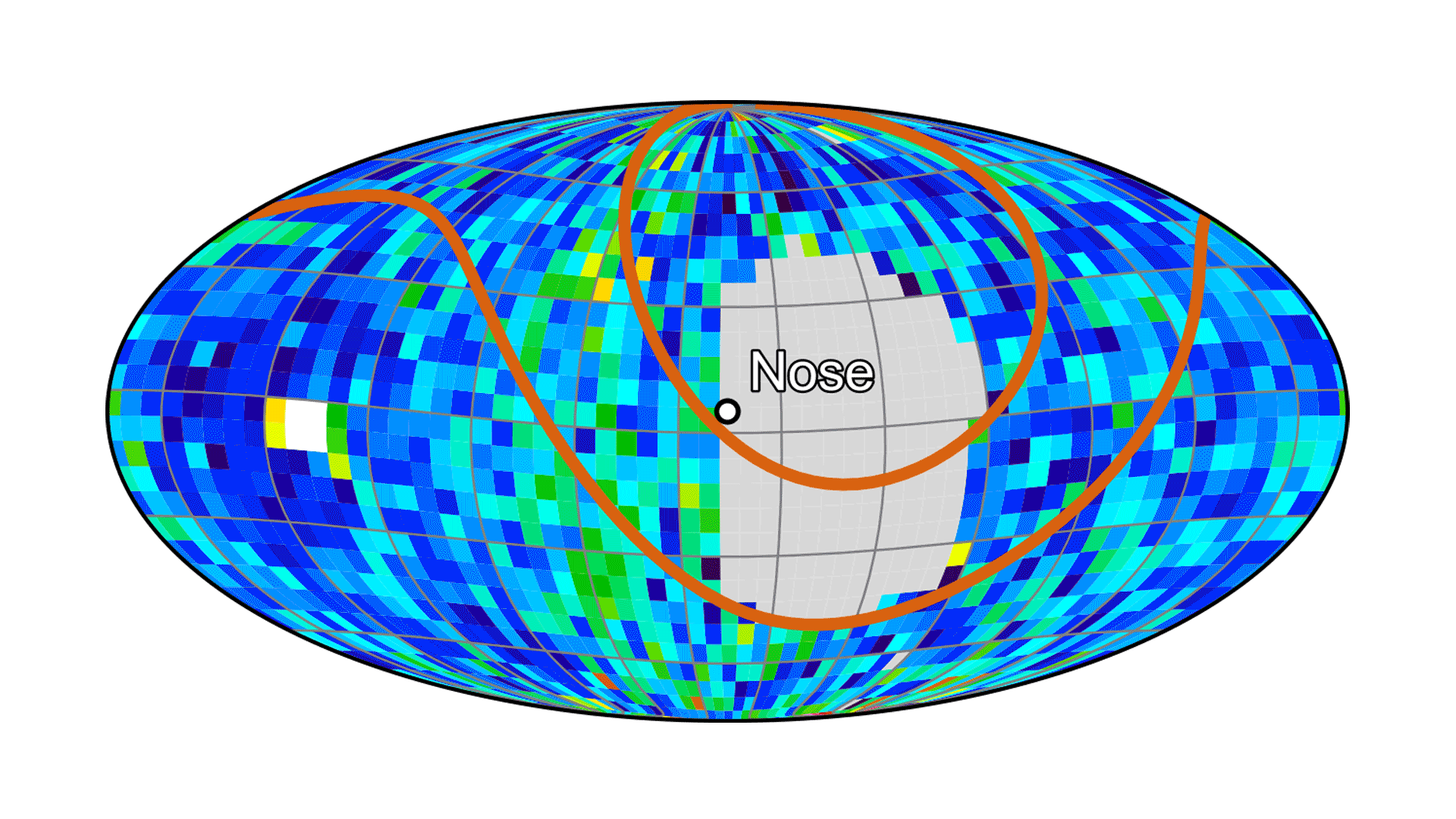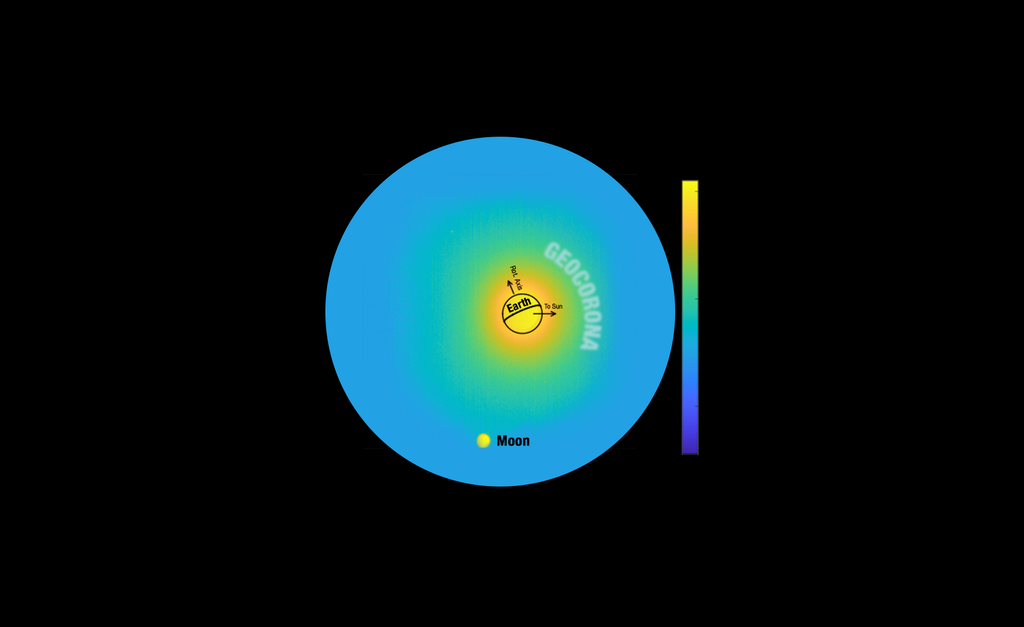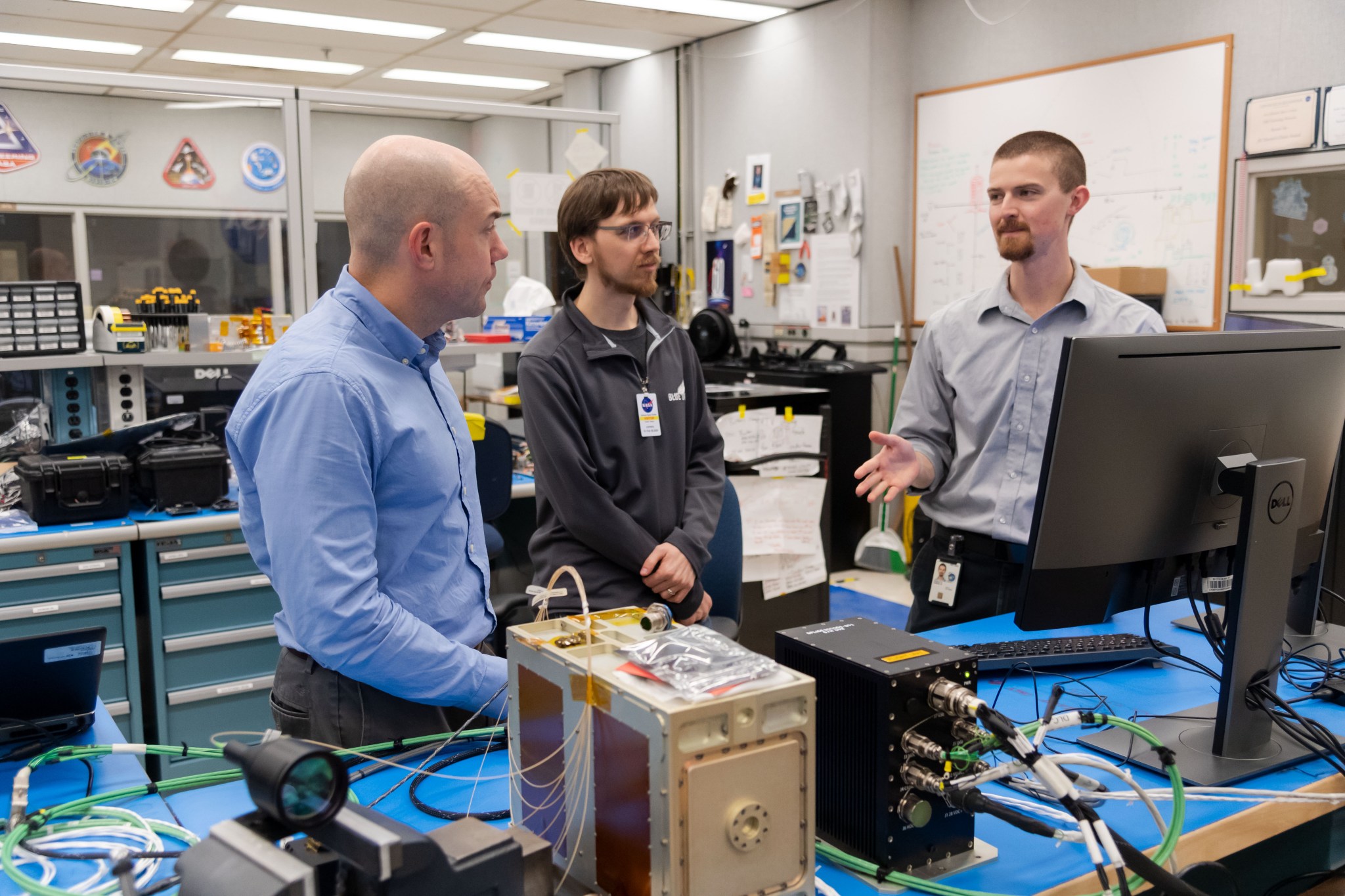NASA’s precision landing technology is making great strides, according to data from a recent suborbital flight test.
NASA engineers tested a laser-based navigation system onboard Blue Origin’s uncrewed New Shepard mission in August. The demonstration included components from NASA’s Safe and Precise Landing Instrumentation Capabilities Evolution (SPLICE) project. The SPLICE navigation system consists of a high-performance computer, lasers, a camera, and other sensors. It is designed to help a lander determine its precise location and velocity as it travels toward the surface of a planetary body.
The flight was the second of two suborbital flight tests under a NASA Tipping Point contract with Blue Origin. Engineers used data from the first flight to make slight adjustments to the navigation system before the second flight.
Initial post-flight analysis by SPLICE project engineers indicates these adjustments paid off.
The SPLICE systems aboard the recent flight successfully estimated the lander’s trajectory and gathered more than 10 times the amount of data gathered during the first flight. This included more than 4,000 images the system took during the roughly seven-minute flight.
The navigation technology met performance targets using the inertial measurement unit device – which provided velocity, acceleration, and rotation data – and a system called Terrain Relative Navigation (TRN). TRN images collected from the camera in real-time were used to identify “features” on the ground which improved navigation knowledge throughout the test.
One of the five technologies aboard this mission, a NASA Doppler lidar sensor, experienced a pre-launch anomaly preventing capture of performance data. A NASA review board has been formed to identify the underlying cause and the findings will help inform future development.
The overall success of this demonstration increases the maturity of precision landing technologies for use aboard future missions to the Moon and beyond.
“During the first flight, we discovered (and subsequently fixed) a number of issues with the system – including timing, navigation, guidance, and firmware – which positioned us for success on this flight,” said Sam Pedrotty, SPLICE deputy project manager at NASA’s Johnson Space Center in Houston. “We will now evolve the system for possible use on the Moon and beyond by performing some final tests here on Earth.”
The system could be sent to the Moon as part of NASA’s Commercial Lunar Payload Services, or CLPS, initiative. SPLICE is funded by NASA’s Game Changing Development Program under the agency’s Space Technology Mission Directorate and led from NASA’s Johnson Space Center.

























